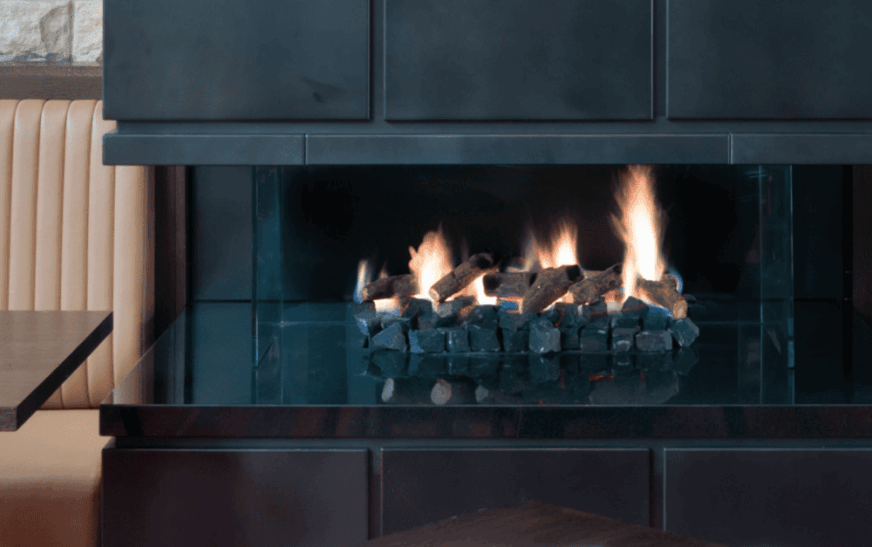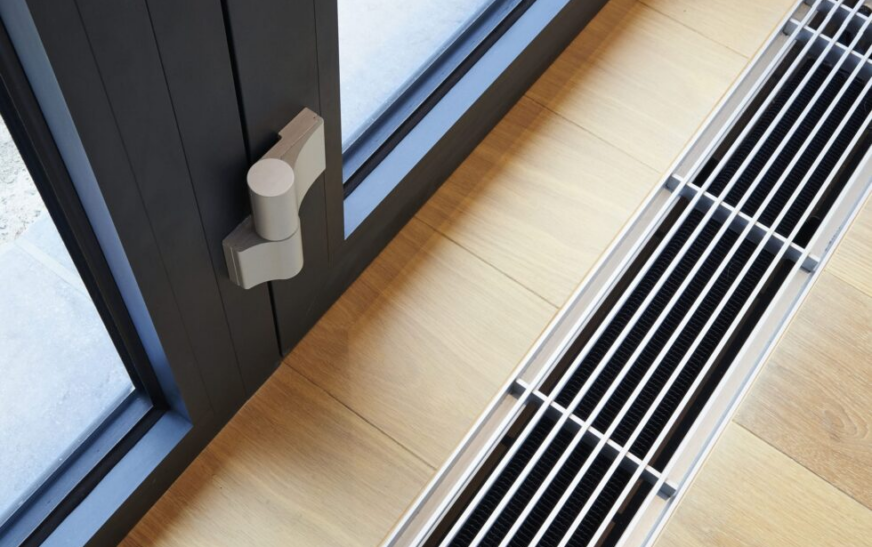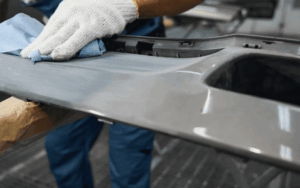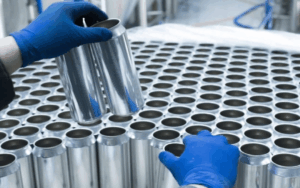Gas fireplaces have become a popular choice for many Australian homeowners, offering warmth, ambiance, and convenience. But when it comes to choosing the right gas fireplace, one factor often stands out – efficiency. Understanding why gas fireplace efficiency matters can save you money, keep your home comfortable, and reduce your environmental impact.
What is Gas Fireplace Efficiency?
Gas fireplace efficiency refers to how well the appliance converts gas into heat. Simply put, an efficient fireplace uses less gas to produce the same amount of warmth. This means lower energy bills, better heat output, and a smaller environmental footprint.
There are two main measures of efficiency for gas fireplaces:
- Combustion Efficiency: This measures how effectively the fireplace burns the gas. A high combustion efficiency means that most of the gas is converted to heat, with minimal waste.
- Heating Efficiency (AFUE): This measures how much of the generated heat is actually transferred into the room rather than lost through vents or chimneys. The higher the AFUE (Annual Fuel Utilisation Efficiency) rating, the more efficient the fireplace.

Types of Gas Fireplaces and Their Efficiency
Not all gas fireplaces are created equal, and their efficiency can vary depending on the design. Here’s a look at the most common types found in Australian homes:
1. Open Gas Fireplaces
Open gas fireplaces are known for their traditional look, with an open flame visible. However, they are the least efficient type. Much of the heat generated is lost through the chimney, making them more about aesthetics than practical heating.
2. Glass-Fronted Gas Fireplaces
Glass-fronted models are much more efficient because the glass barrier helps trap heat within the unit. These come in two main varieties:
- Vented Glass-Fronted Fireplaces: These direct some combustion gases outside, maintaining air quality while still providing efficient heating.
- Ventless Glass-Fronted Fireplaces: These retain all heat inside, making them incredibly efficient. However, they must be used in well-ventilated areas for safety.
3. Direct Vent Gas Fireplaces
Direct vent fireplaces are among the most efficient options. They use a sealed combustion system, drawing in air from outside for burning and expelling exhaust directly outdoors. This design minimises heat loss and ensures consistent warmth.
4. Balanced Flue Gas Fireplaces
These models are also highly efficient. They use a twin-wall flue system, where one channel brings in air for combustion while the other expels exhaust gases. This closed system boosts safety and efficiency.
Why Efficiency Matters for Your Budget
Choosing an efficient gas fireplace is not just an environmental decision – it’s a financial one. Here’s how an efficient fireplace can save you money:
- Lower Gas Bills: Because efficient models use less gas to produce the same amount of heat, your gas bills can be significantly reduced.
- Consistent Heating: An efficient fireplace provides steady warmth, eliminating the need to constantly adjust the settings.
- Long-Term Savings: While efficient models may cost more upfront, they pay for themselves over time through lower energy costs.
For example, an efficient direct vent gas fireplace may cost more initially but can save you hundreds of dollars each year in gas bills compared to an open gas fireplace.
Environmental Benefits of Efficient Gas Fireplaces
It’s not just your wallet that benefits from a more efficient gas fireplace – the environment does too. Efficient fireplaces produce fewer emissions because they burn gas more completely. This means a lower carbon footprint for your home.
- Reduced Carbon Emissions: Efficient fireplaces burn gas cleanly, producing less carbon dioxide.
- Less Gas Consumption: Since efficient models use less gas, natural gas reserves are conserved.
- Better Indoor Air Quality: Direct vent and glass-fronted models prevent indoor air pollution by ensuring that combustion gases are safely expelled outside.
How to Choose an Efficient Gas Fireplace
When shopping for a gas fireplace, keep efficiency in mind. Here are some tips to help you choose the most efficient model for your home:
- Look for an AFUE Rating: The Annual Fuel Utilisation Efficiency rating gives you a clear idea of the model’s efficiency. Higher is better.
- Prioritise Direct Vent Models: These are among the most efficient and safest types.
- Consider Thermostatic Controls: Models with built-in thermostats can maintain a consistent temperature without wasting energy.
- Choose the Right Size: An oversized fireplace can be less efficient because it cycles on and off more frequently, wasting energy.

Why Gas Fireplace Efficiency is Perfect for Australian Homes
Australian homes can benefit greatly from efficient gas fireplaces, especially in colder regions like Melbourne. Efficient models provide reliable warmth without the need for constant monitoring or wood storage.
Moreover, efficient gas fireplaces offer a cleaner alternative to traditional wood-burning stoves, which produce smoke and require regular cleaning. With a glass-fronted or direct vent gas fireplace, you can enjoy the cosy ambiance of a fire without the mess or hassle.
Conclusion
Gas fireplace efficiency is a big deal because it impacts your budget, your comfort, and the environment. By choosing an efficient model and maintaining it properly, you can enjoy all the benefits of a gas fireplace without the drawbacks of high energy bills or excessive emissions.
Whether you’re upgrading an old unit or installing a new one, make efficiency a top priority. It’s an investment in comfort, savings, and sustainability – a choice that pays off year after year.













